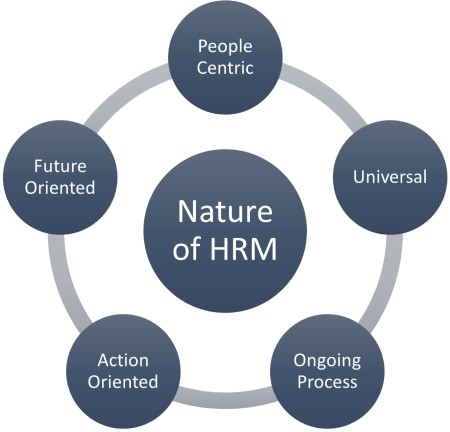Corporate Corruption and the HRM Function: Legal, Ethical, and Moral Perspectives
April 3, 2025
 Corporate Corruption and the HRM Function: Legal, Ethical, and Moral Perspectives
Corporate Corruption and the HRM Function: Legal, Ethical, and Moral Perspectives
What is Corporate Corruption and how pervasive it is? While we are all aware of corruption in the governmental and public sector entities, the lesser reported aspect of corporate corruption is something that does not yet get the coverage and attention it should. This is because unlike corruption in other spheres and walks of life,…
 What the Case of Amazon s AI Powered Recruitment Tool Means for Other Corporates
What the Case of Amazon s AI Powered Recruitment Tool Means for Other Corporates
The Pervasive Use of AI Powered Recruitment Tools Increasingly, many large and medium sized as well as small businesses are turning to AI or Artificial Intelligence powered algorithms and software in their HR or Human Resources processes. Whether it is recruitment where AI driven software “parses” through the mass of resumes in a jiffy and…
 The Challenges of Managing Attrition in Contemporary Organizations
The Challenges of Managing Attrition in Contemporary Organizations
The Reasons for Attrition In recent months, there has been a spate of news items about how attrition is taking its toll on many organizations in Asia and especially in the IT sector in India. Whereas in the west, because of the recession and the gloomy economic conditions, attrition is no longer an issue and…
We often hear the term Human Resource Management, Employee Relations and Personnel Management used in the popular press as well as by Industry experts. Whenever we hear these terms, we conjure images of efficient managers busily going about their work in glitzy offices.
In this article, we look at the question “What is HRM?” by giving a broad overview of the topic and introducing the readers to the practice of HRM in contemporary organizations. Though as with all popular perceptions, the above imagery has some validity, the fact remains that there is much more to the field of HRM and despite popular depictions of the same, the “art and science” of HRM is indeed complex.
We have chosen the term “art and science” as HRM is both the art of managing people by recourse to creative and innovative approaches; it is a science as well because of the precision and rigorous application of theory that is required.
As outlined above, the process of defining HRM leads us to two different definitions. The first definition of HRM is that it is the process of managing people in organizations in a structured and thorough manner. This covers the fields of staffing (hiring people), retention of people, pay and perks setting and management, performance management, change management and taking care of exits from the company to round off the activities. This is the traditional definition of HRM which leads some experts to define it as a modern version of the Personnel Management function that was used earlier.
The second definition of HRM encompasses the management of people in organizations from a macro perspective i.e. managing people in the form of a collective relationship between management and employees.
This approach focuses on the objectives and outcomes of the HRM function. What this means is that the HR function in contemporary organizations is concerned with the notions of people enabling, people development and a focus on making the “employment relationship” fulfilling for both the management and employees.
These definitions emphasize the difference between Personnel Management as defined in the second paragraph and human resource management as described in the third paragraph.
To put it in one sentence, personnel management is essentially “workforce” centered whereas human resource management is “resource” centered. The key difference is HRM in recent times is about fulfilling management objectives of providing and deploying people and a greater emphasis on planning, monitoring and control.
Whatever the definition we use the answer to the question as to “what is HRM?” is that it is all about people in organizations. No wonder that some MNC’s (Multinationals) call the HR managers as People Managers, People Enablers and the practice as people management.
In the 21st century organizations, the HR manager or the people manager is no longer seen as someone who takes care of the activities described in the traditional way.
In fact, most organizations have different departments dealing with Staffing, Payroll, and Retention etc. Instead, the HR manager is responsible for managing employee expectations vis-a-vis the management objectives and reconciling both to ensure employee fulfillment and realization of management objectives.
HRM is the process of aligning the individual and the organizational goals. HRM is all about procuring the best possible employees for an organization and it does not ends here. After recruiting them, it ensures taking good care of them so that they feel motivated to stay and give their best to their jobs. HRM, in its essence, consists of the following in its nature:

Human capital is an intangible asset which includes the economic value of worker’s skills-his knowledge, values, beliefs, work ethic and experience. It has a significant impact on organizational success undoubtedly.
In conclusion, this article has briefly touched upon the topic of HRM and served as an introduction to HRM. We shall touch upon the other topics that this field covers in other articles.
Following are the important concepts of Human Resource Management:
Your email address will not be published. Required fields are marked *